The Tampa Bay Buccaneers drafted University of Minnesota wide receiver Tyler Johnson with the 15th pick of the fifth round, roughly two days and three hours into the 2020 NFL Draft. For Buccaneers Head Coach Bruce Arians, however, the wait felt more like four months.
Back on New Year's Day, the Buccaneers had a team of scouts on hand to watch Minnesota and Auburn face off in the 2020 Outback Bowl at Raymond James Stadium, which is about a mile from Tampa Bay's team headquarters, the AdventHealth Training Center. Those scouts obviously liked what they saw – the Bucs also selected Minnesota safety Antoine Winfield, Jr. in the second round – but so did Arians, who was also taking in the game. He saw Johnson go off with a career-capping career-best game of 12 catches for 204 yards and two touchdowns.
Arians was left hoping that Johnson would get a lot more opportunities to play at Raymond James Stadium. There was no certainty of that, of course, because the Buccaneers
"Oh man, I can't tell you how long I was waiting to see that," said Arians of the Bucs' selection of Johnson with the 161st overall pick. "I was just shaking waiting on that one because I actually sat here and watched that game here in Tampa with my son. I said, 'I've got to get this guy.' We really wanted him, and we had a high grade [on him]. Guys were coming and going, and it was like, 'Phew, we finally got him.' I was really, really excited."
Obviously, NFL team officials routinely say they were able to land the exact player they were targeting, and unless you were in that team's draft room (or in this case, a virtually-connected series of rooms) it's impossible to know how perfectly or imperfectly the draft fell for it. In this case, however, Arians is refreshingly candid in noting that there were some other players he was high on as well – not necessarily other receivers – who are not now Buccaneers. Of course, that can sometimes work out in unexpected ways, too.
"It was really, really close," said Arians. "There was a guy or two, one for sure that I had my eye on that went in front us – that always happens. The last time that happened to me it was Ameer Abdullah and we ended up with David Johnson, so it's just the way the draft falls. But yeah, I thought our board was set up perfectly."
The Detroit Lions drafted Abdullah, a running back out of Nebraska, with the 54th-overall pick in the second round in 2015, four spots before Arians' Arizona Cardinals were due to be on the clock. The Cardinals pivoted and took outside linebacker Markus Golden in the second round, and Golden had 16.5 sacks in his first two seasons. Two other running backs – Tevin Coleman and Duke Johnson – came off the board before the Cardinals were on the clock again in Round Three, and Arizona then took Johnson out of Northern Iowa. Johnson had 3,156 yards from scrimmage and 20 total touchdowns in his first two seasons, making the Pro Bowl in 2016.
There's no guarantee, of course, that Tyler Johnson or any of the newest Buccaneers will go on to great things in the NFL, but it does seem pretty clear that the team got its man in the fifth round. And that was almost certainly a factor of the 2020 draft featuring the deepest and most promising pool of wide receiver prospects in a very long time. As Buccaneers Director of Player Personnel John Spytek noted shortly after the Johnson pick on Saturday, there was enough talent available to support multiple runs at the position.
View pictures of WR Tyler Johnson, the 161st overall pick in the 2020 NFL Draft

TAMPA, FL - JANUARY 01, 2020 - Wide Receiver Tyler Johnson #6 during the 2020 Outback Bowl game between the Minnesota Golden Gophers and Auburn Tigers at Raymond James Stadium. Photo By Kyle Zedaker/Tampa Bay Buccaneers

TAMPA, FL - JANUARY 01, 2020 - Wide Receiver Tyler Johnson #6 during the 2020 Outback Bowl game between the Minnesota Golden Gophers and Auburn Tigers at Raymond James Stadium. Photo By Kyle Zedaker/Tampa Bay Buccaneers
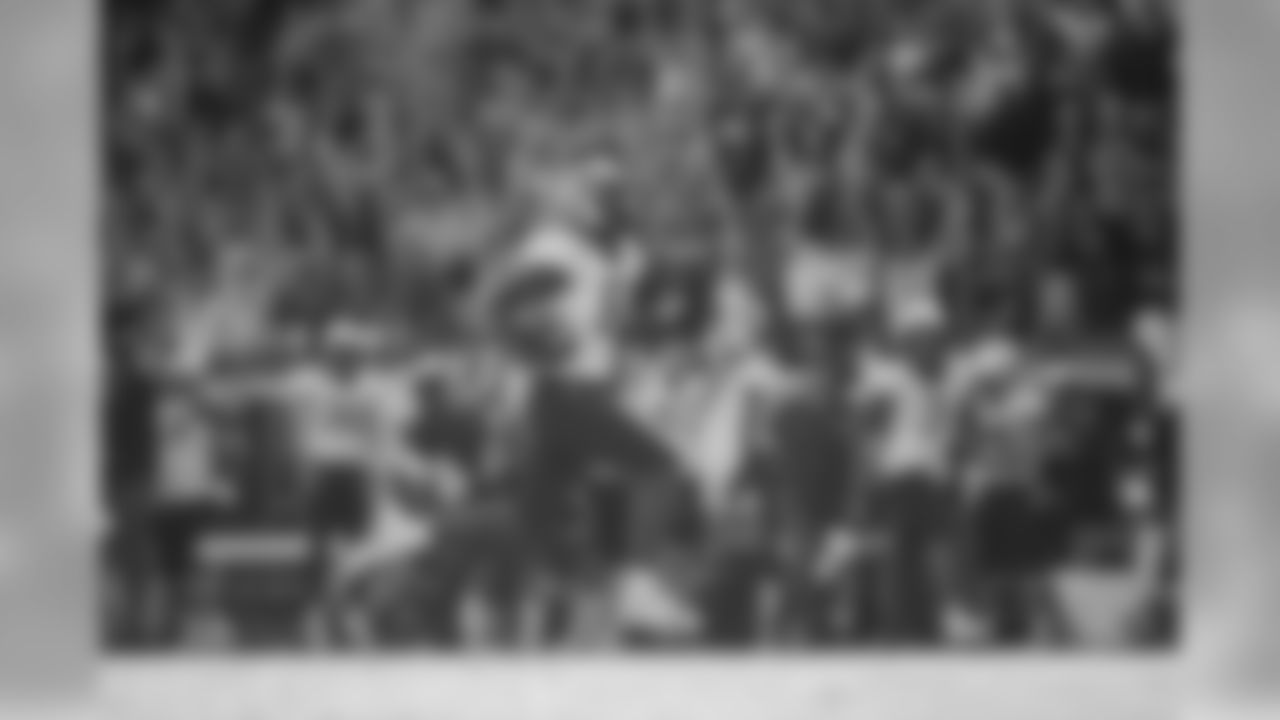
TAMPA, FL - JANUARY 01, 2020 - Wide Receiver Tyler Johnson #6 during the 2020 Outback Bowl game between the Minnesota Golden Gophers and Auburn Tigers at Raymond James Stadium. Photo By Kyle Zedaker/Tampa Bay Buccaneers

TAMPA, FL - JANUARY 01, 2020 - Wide Receiver Tyler Johnson #6 during the 2020 Outback Bowl game between the Minnesota Golden Gophers and Auburn Tigers at Raymond James Stadium. Photo By Kyle Zedaker/Tampa Bay Buccaneers
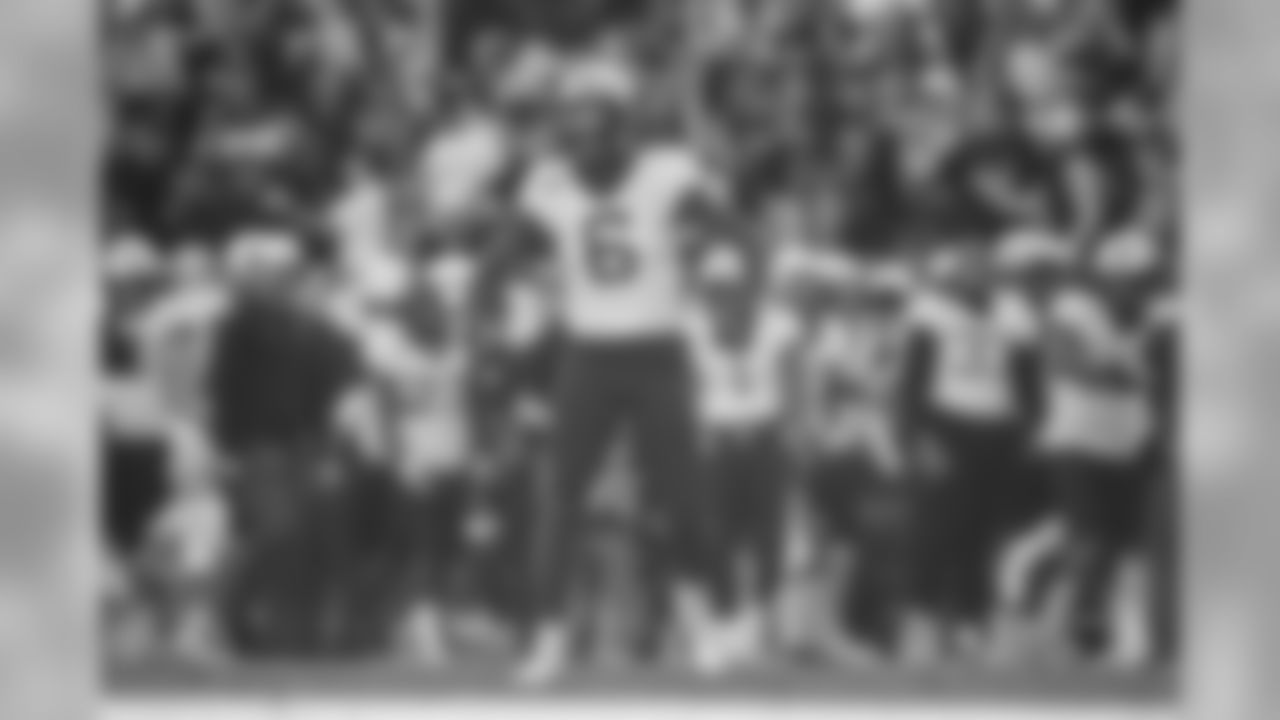
TAMPA, FL - JANUARY 01, 2020 - Wide Receiver Tyler Johnson #6 during the 2020 Outback Bowl game between the Minnesota Golden Gophers and Auburn Tigers at Raymond James Stadium. Photo By Kyle Zedaker/Tampa Bay Buccaneers
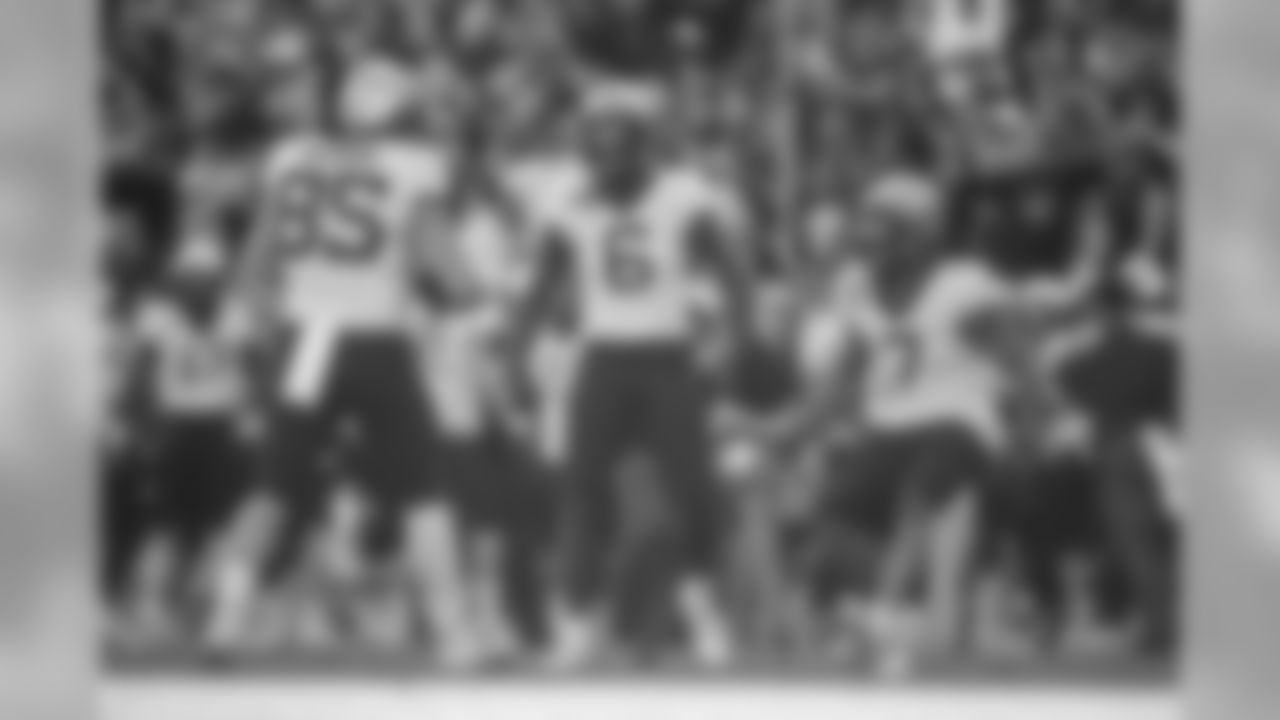
TAMPA, FL - JANUARY 01, 2020 - Wide Receiver Tyler Johnson #6 during the 2020 Outback Bowl game between the Minnesota Golden Gophers and Auburn Tigers at Raymond James Stadium. Photo By Kyle Zedaker/Tampa Bay Buccaneers

Minnesota wide receiver Tyler Johnson reaches over the goal line for a touchdown beyond the defense of Indiana State defensive back Kevin Beacham in the second quarter of an NCAA college football game Saturday, Sept. 10, 2016, in Minneapolis. (AP Photo/Bruce Kluckhohn)

Minnesota wide receiver Tyler Johnson (6) scores a touchdown against Michigan State during the fourth quarter of an NCAA college football game Saturday, Oct. 14, 2017, in Minneapolis. Michigan State defeated Minnesota 30-27. (AP Photo/Andy Clayton-King)

Minnesota wide receiver Tyler Johnson celebrates his 8 yard touchdown reception against Illinois in the first half of an NCAA college football game, Saturday, Oct 21, 2017, in Minneapolis. (AP Photo/John Autey)

Minnesota wide receiver Tyler Johnson, left, catches a pass for a touchdown in front of Miami (Ohio) defensive back Travion Banks in the first half of an NCAA football game Saturday, Sept. 15, 2018, in Minneapolis. (AP Photo/Bruce Kluckhohn)

Minnesota wide receiver Tyler Johnson, left, gets past Miami (Ohio) defensive back Joshua Allen for a touchdown in the first half of an NCAA football game Saturday, Sept. 15, 2018, in Minneapolis. (AP Photo/Bruce Kluckhohn)

Minnesota wide receiver Tyler Johnson gets past Miami (Ohio) defenders for a touchdown in the first half of an NCAA football game Saturday, Sept. 15, 2018, in Minneapolis. Minnesota won 26-3. (AP Photo/Bruce Kluckhohn)
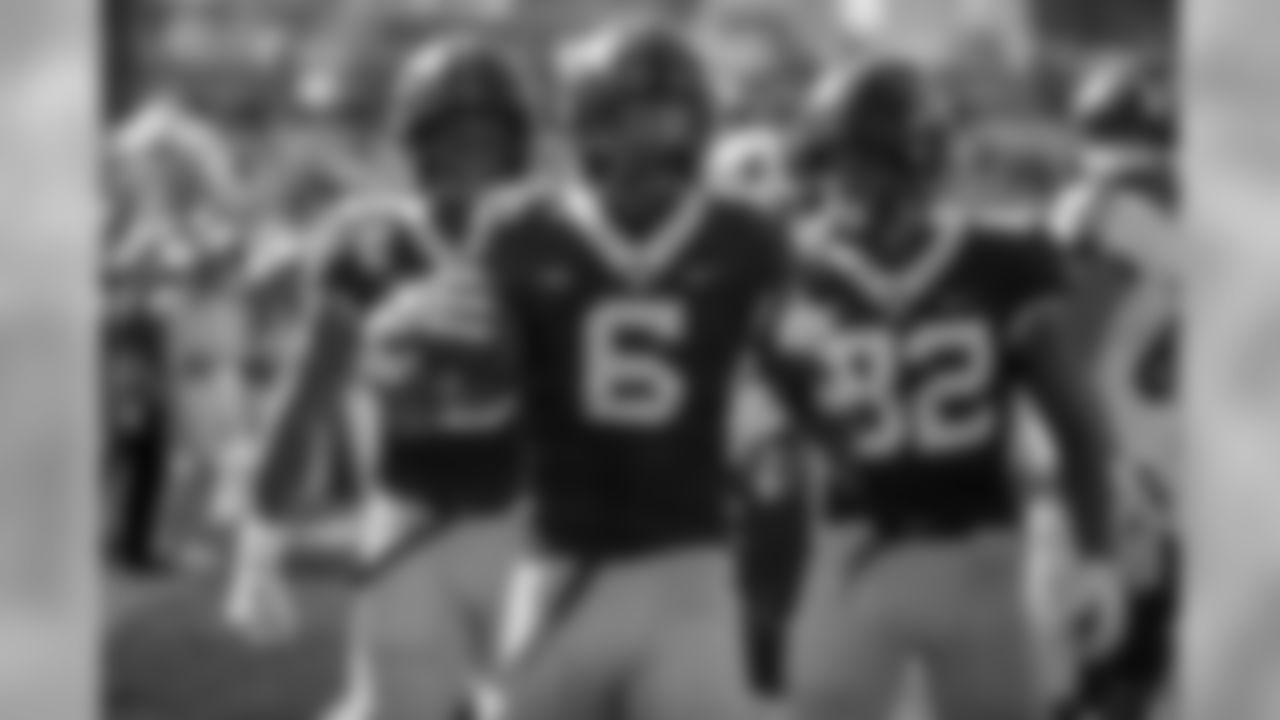
Minnesota wide receiver Tyler Johnson celebrates his touchdown against Miami (Ohio) in the first half of an NCAA football game Saturday, Sept. 15, 2018, in Minneapolis. Minnesota won 26-3. (AP Photo/Bruce Kluckhohn)
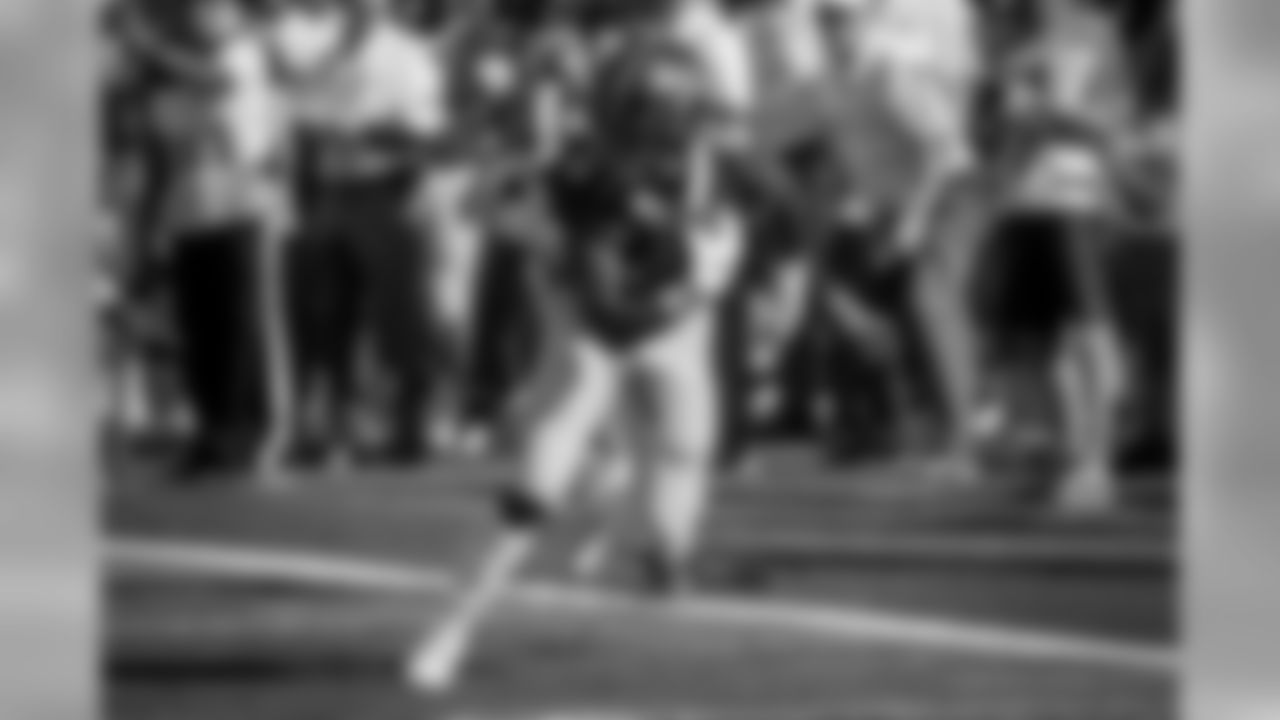
Minnesota wide receiver Tyler Johnson catches a pass against Miami (Ohio) in the first half of an NCAA football game Saturday, Sept. 15, 2018, in Minneapolis. Minnesota won 26-3. (AP Photo/Bruce Kluckhohn)

Iowa's Julius Brents intercepts the ball intended for Minnesota wide receiver Tyler Johnson during an NCAA college football game Saturday, Oct. 6, 2018, in Minneapolis. Iowa won 48-31. (AP Photo/Stacy Bengs)
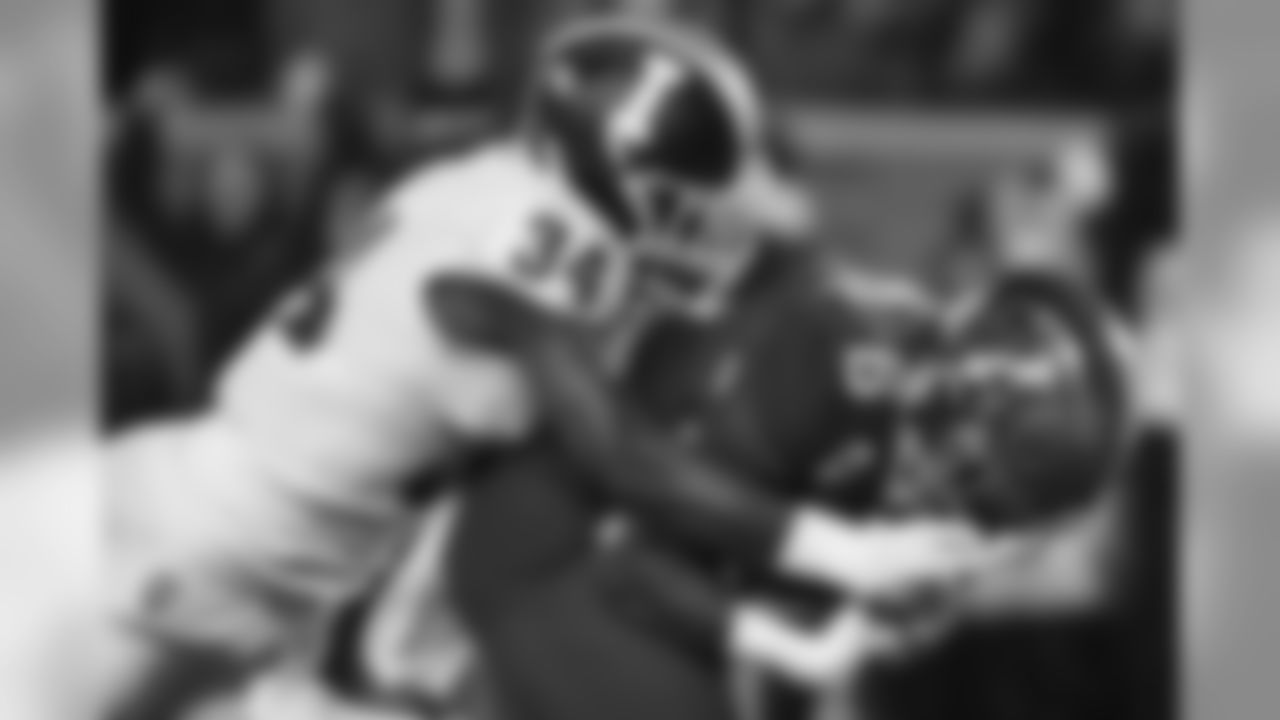
Indiana's Cam Jones tries to tackle Minnesota wide receiver Tyler Johnson during an NCAA college football game Friday, Oct. 26, 2018, in Minneapolis. (AP Photo/Stacy Bengs)

Minnesota's Tyler Johnson against Purdue in the second half of a NCAA college football game Saturday, Nov. 10, 2018, in Minneapolis. (AP Photo/Andy Clayton-King)

FILE - In this Sept. 15, 2018, file photo, Minnesota wide receiver Tyler Johnson catches a pass against Miami (Ohio) in the second half of an NCAA football game, in Minneapolis. Northwestern plays this week at Minnesota, where the Gophers need one more win for bowl-game eligibility.(AP Photo/Bruce Kluckhohn, File)

Minnesota wide receiver Tyler Johnson (6) against South Dakota State during an NCAA college football game Thursday, Aug. 29, 2019, in Minneapolis. (AP Photo/Stacy Bengs)

Minnesota wide receiver Tyler Johnson during an NCAA football game against South Dakota State Thursday, Aug. 29, 2019 in Minneapolis. (AP Photo/Andy Clayton- King)

Minnesota wide receiver Tyler Johnson during an NCAA football game against South Dakota State Thursday, Aug. 29, 2019 in Minneapolis. (AP Photo/Andy Clayton- King)
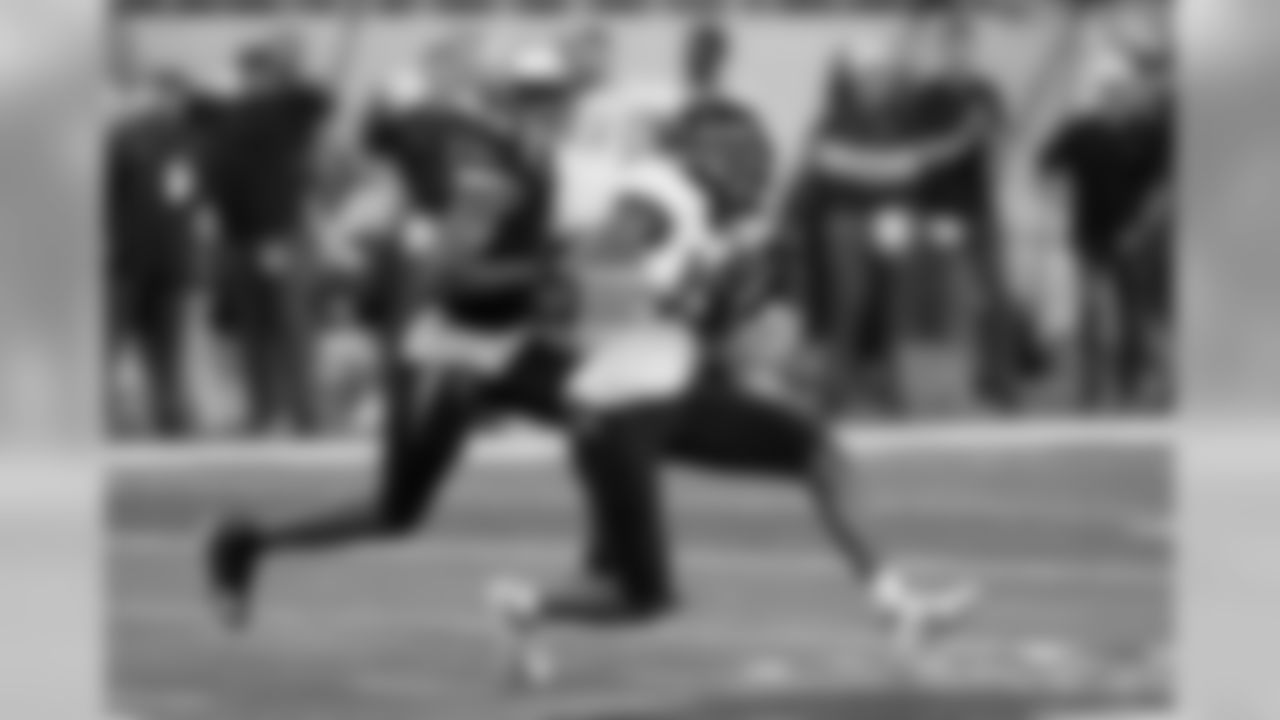
FILE - In this Dec. 26, 2018, file photo, Minnesota wide receiver Rashod Bateman (13) is chased by Georgia Tech defensive back Lamont Simmons during the first half of the Quick Lane Bowl NCAA college football game in Detroit. Tyler Johnson has the most polished credentials for Minnesota, but Bateman has quickly emerged from a deep group of wide receivers as more than just a sidekick. The Gophers play Georgia Southern this week, a school about three hours from Bateman's hometown. (AP Photo/Carlos Osorio, File)

Minnesota wide receiver Tyler Johnson (6) catches a pass for a touchdown in front of Georgia Southern cornerback Monquavion Brinson (4) in the fourth quarter of an NCAA college football game Saturday, Sept. 14, 2019, in Minneapolis. (AP Photo/Bruce Kluckhohn)

Minnesota wide receiver Tyler Johnson (6) catches a pass for a touchdown as Illinois linebacker Dele Harding (9) tries to stop him in the second quarter at an NCAA college football game Saturday, Oct. 5, 2019, in Minneapolis. (AP Photo/Bruce Kluckhohn)

Minnesota wide receiver Tyler Johnson checks with an official as he lines up against Illinois in the third quarter at an NCAA college football game Saturday, Oct. 5, 2019, in Minneapolis. (AP Photo/Bruce Kluckhohn)

Minnesota wide receiver Tyler Johnson (6) during an NCAA college football game against Maryland, Saturday, Oct. 26, 2019, in Minneapolis. Minnesota won 52-10. (AP Photo/Stacy Bengs)

Minnesota wide receiver Tyler Johnson (6) during an NCAA college football game against Maryland, Saturday, Oct. 26, 2019, in Minneapolis. Minnesota won 52-10. (AP Photo/Stacy Bengs)
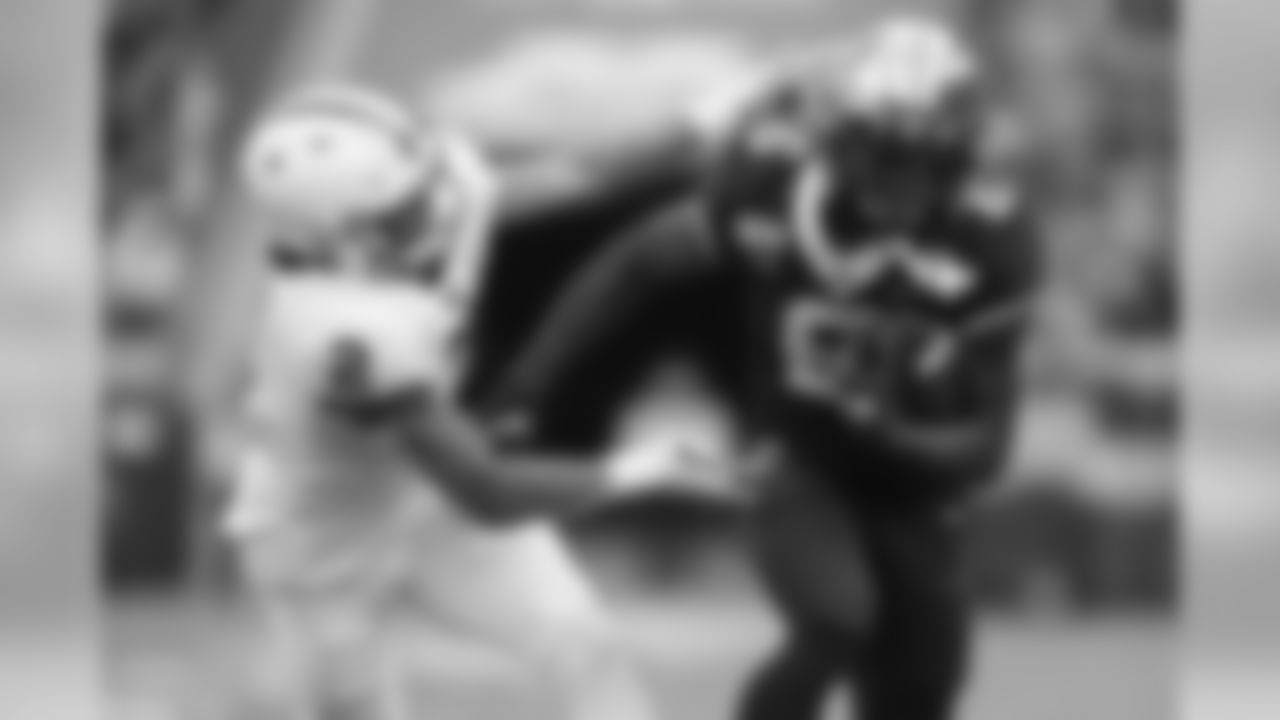
Minnesota wide receiver Tyler Johnson (6) holds onto the ball against Penn State cornerback Keaton Ellis (2) during an NCAA college football game, Saturday, Nov. 9, 2019, in Minneapolis. (AP Photo/Stacy Bengs)
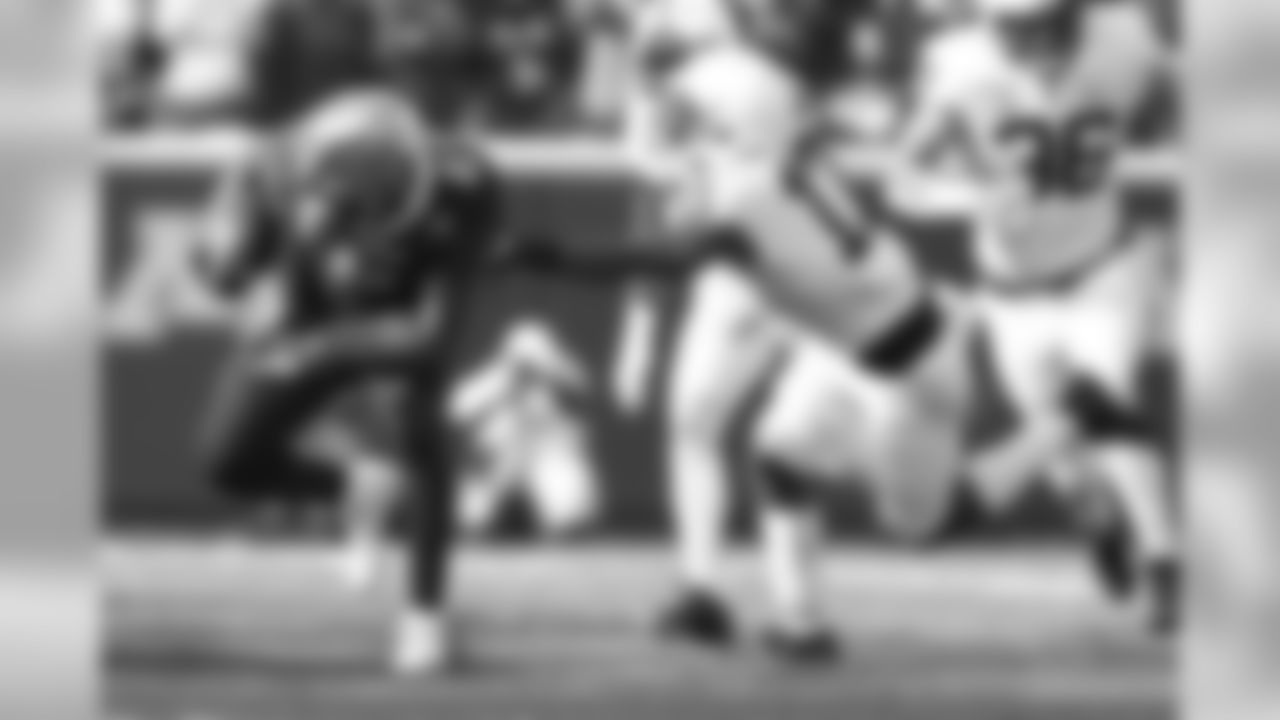
Minnesota wide receiver Tyler Johnson (6) escapes a tackle from Penn State safety Garrett Taylor (17) during an NCAA college football game, Saturday, Nov. 9, 2019, in Minneapolis. (AP Photo/Stacy Bengs)

Iowa defensive back Geno Stone, left, chases down Minnesota wide receiver Tyler Johnson, right, during the first half of an NCAA college football game, Saturday, Nov. 16, 2019, in Iowa City, Iowa. (AP Photo/Matthew Putney)

Minnesota wide receiver Tyler Johnson (6) catches a touchdown pass over Northwestern cornerback Cam Ruiz (18) during the second half of an NCAA football game Saturday, Nov. 23, 2019, in Evanston, Ill. Minnesota won 38-22. (AP Photo/Paul Beaty)

Minnesota wide receiver Tyler Johnson (6) during an NCAA college football game against Wisconsin, Saturday, Nov. 30, 2019, in Minneapolis. Wisconsin won 38-17. (AP Photo/Stacy Bengs)

Minnesota wide receiver Tyler Johnson (6) during an NCAA college football game against Wisconsin, Saturday, Nov. 30, 2019, in Minneapolis. Wisconsin won 38-17. (AP Photo/Stacy Bengs)

Minnesota wide receiver Tyler Johnson (6) makes a diving catch in front of Auburn defensive back Jordyn Peters (15) during the second half of the Outback Bowl NCAA college football game Wednesday, Jan. 1, 2020, in Tampa, Fla. (AP Photo/Chris O'Meara)

Minnesota wide receiver Tyler Johnson (6) makes a catch after getting around Auburn defensive back Daniel Thomas (24) during the second half of the Outback Bowl NCAA college football game Wednesday, Jan. 1, 2020, in Tampa, Fla. (AP Photo/Chris O'Meara)

Minnesota wide receiver Tyler Johnson during the second half of the Outback Bowl NCAA college football game against Auburn Wednesday, Jan. 1, 2020, in Tampa, Fla. (AP Photo/Chris O'Meara)

Minnesota wide receiver Tyler Johnson catches the ball during the NFL football scouting combine, Thursday, Feb. 27, 2020, in Indianapolis. (Aaron M. Sprecher via AP)

Minnesota wide receiver Tyler Johnson runs after the catch during the NFL football scouting combine, Thursday, Feb. 27, 2020, in Indianapolis. (Aaron M. Sprecher via AP)

Minnesota wide receiver Tyler Johnson runs a drill at the NFL football scouting combine in Indianapolis, Thursday, Feb. 27, 2020. (AP Photo/Michael Conroy)

Minnesota wide receiver Tyler Johnson runs a drill at the NFL football scouting combine in Indianapolis, Thursday, Feb. 27, 2020. (AP Photo/Michael Conroy)

Minnesota wide receiver Tyler Johnson runs a drill at the NFL football scouting combine in Indianapolis, Thursday, Feb. 27, 2020. (AP Photo/Michael Conroy)

Minnesota wide receiver Tyler Johnson runs after the catch during the NFL football scouting combine, Thursday, Feb. 27, 2020, in Indianapolis. (Aaron M. Sprecher via AP)
"It's like we talked about with the safeties – you just never know when the run is going to start," said Spytek. "If it's a shallow class, the run starts and they all disappear quickly. The receivers started going pretty early in Round One but it's well-documented that most people think this is an extremely deep wide receiver class – and I would agree with that – and you get to Day Three and people are just trying to find good football players who fit their team. I think Tyler is a good example of that for us – he's a good football player who fits what we want to do offensively."
After using their first-round pick to meet the team's biggest need at right tackle with Iowa's Tristan Wirfs, the Buccaneers' simply followed their board to the best available players in subsequent rounds, targeted specific positions in specific rounds or – most likely – used some combination of those two approaches. In any case, the second round was devoted to helping the back end of the secondary (Minnesota safety Antoine Winfield, Jr.) and the third round was used to add some more playmaking to the offensive backfield (Vanderbilt running back Ke'Shawn Vaughn).
As the third day of the draft began, the Buccaneers were without any fourth-round picks because they had traded one to get tight end Rob Gronkowski and the other in the move up to secure Wirfs. That meant, if they were looking to add a wideout to compete for the third-receiver job behind Mike Evans and Chris Godwin, they would have to wait until the fifth-round at the earliest (barring a trade).
If the Buccaneers were counting on the receiver depth to hold out that long, things couldn't have gone much better.
Teams started dipping into that deep receiver pool just outside of the top 10 on Thursday night. The Las Vegans Raiders took the first, nabbing Alabama's Henry Ruggs at no. 12, and that started the first run. Jerry Jeudy and CeeDee Lamb went 15th and 17th, respectively, and the trio of Jalen Reagor, Justin Jefferson and Brandon Aiyuk were all selected in the 21-25 range. In contrast, the first receiver taken a year ago was at pick number 25. The six receivers taken overall on Thursday night equaled the most in any first round since there were seven drafted in 2005.
Things didn't let up early on Friday night. There were seven receivers taken in the second round, equaling the 2019 and the 2015 drafts as the most in that round since there were 11 selected in 2008. However, the run on receivers did slow down after that, with only six taken in the third and fourth rounds combined. In contrast, there were 15 receivers taken in those two rounds in 2017. Perhaps after the first two rounds most of the teams that had receiver very high on their list of draft priorities had already met those needs and then moved on to other positions in the third and fourth rounds. That left a good number of highly-regarded prospects still available.
And then things heated up again in a big way in Round Five. The Bucs ended up in a great spot to take advantage. Only one receiver was taken before the draft got to them in the middle of that round, as the Chargers took Virginia's Joe Reed with the fifth pick, number 151 overall. After the Bucs nabbed Johnson, six more receivers fell in rapid succession in the fifth round. That total of eight receivers is the most that has ever been drafted in the fifth round since the 1970 merger. Another seven were taken in the sixth round.
The depth of this year's receiving class likely meant that some prospects who would have been first-rounders in other years lasted until the second round, and some second-round talents fell to the third or fourth. There's no way to know where Johnson would have been drafted in, say, 2019 or 2018, when there were only two receivers taken in the first round. Fortunately, he's not particularly concerned about his draft status.
"Honestly this may sound crazy, but I feel like I already have something to prove," said Johnson. "Once you make it to the next level, the highest level, you have to restart your entire journey. Nothing is guaranteed [and] nothing is given to you, so I'm just going to continue to go out here and work my tail off and help contribute winning to a great organization. And, I'm going to have fun doing what I do – that's pretty much what got me here. Why change now?"


































